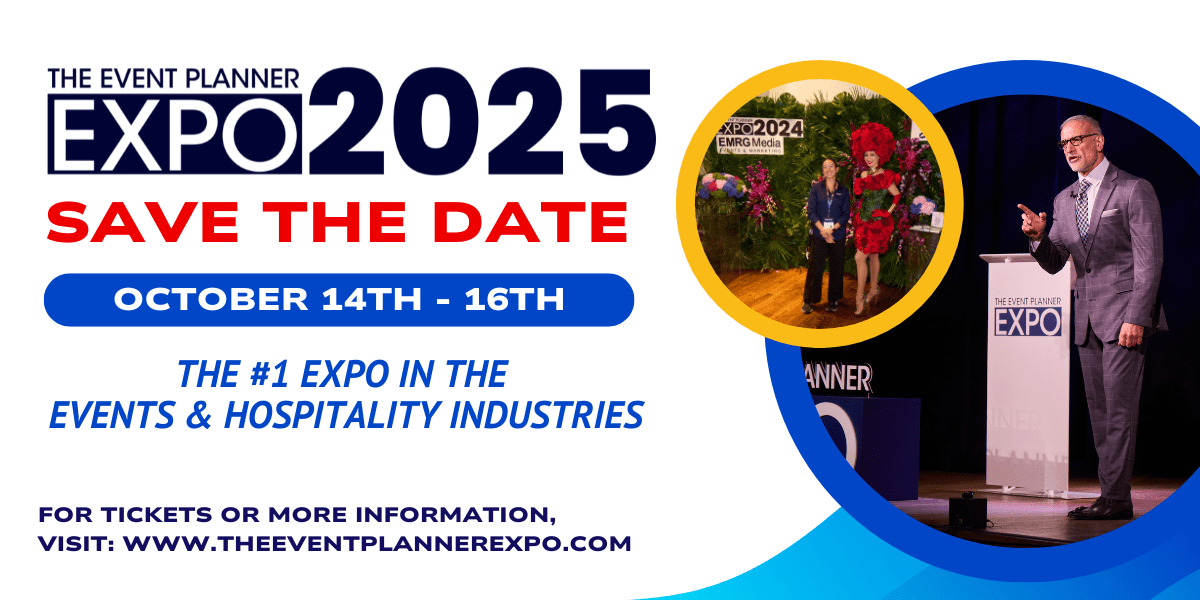Once you start developing your strategies for securing sponsorships, it’s important to also review the success of those sponsorships. Like you would with every other marketing, sales, and performance initiative in your New York event planning business, you’ll need metrics to gauge how valuable and effective your event sponsorship opportunities are. These analytics will help you sell future sponsorships and build relations with ongoing sponsors. Here are some of the sponsorship data points you should be reviewing after each New York event or conference.
1. Brand Impressions
When you review brand impressions from an event, you’ll evaluate media coverage, brand mentions, and digital engagement. The more visibility and coverage you can prove with metrics, the more benefit your sponsors will see in your opportunity. Calculate overall exposure from press releases, social media mentions, and on-site interviews to create a big-picture impressions value for your sponsors.
2. Purchases and Opt-ins
Depending on the nature of the New York event in question, you might have opportunities to calculate the metrics of purchases or direct opt-ins from the event. Corporate events, trade shows, multi-brand conferences, and industry meetings can all present purchase data. Be mindful of conversions that come from your event and share those with your existing and future sponsors.
3. Website Visits
Not all events will warrant conversion data or direct sales metrics. However, every New York event has the potential to drive increased website traffic. Take the time to review the increased website visits for your site and talk with your sponsors about reviewing increased traffic to their sites. It’s brand awareness and exposure that is valuable to your and their bottom line.
4. Social Media Engagement
Track and measure the social media engagement for your event across all applicable platforms. Tally likes, shares, mentions, retweets, comments, and tags. Review the popularity of any event hashtags, too. You can compile all these data sets into a dazzling review to provide your event sponsors so they, too, can see just how much exposure their sponsorship provided for them.
5. Leads Generated
Look at the decision-making potential and revenue opportunities created with your sponsorship opportunities. Calculate the qualified leads your event has created and share these metrics to add more value. How many leads would your event sponsor need to cover the cost of the sponsorship investment? Any chance you have to surpass that number, do it!
6. Determining Sponsorship ROI
Don’t just demonstrate metrics to your event sponsors; help them visualize their ROI by doing the math for them. Using all the analytics, you can assign a value to those benefits. You can then compare those precise dollar amount values against the initial cost of the sponsorship investment. Show them the Return / Investment = ROI data and prove just how successful their sponsorship was for them.
Dive into the nitty-gritty of your event sponsorship analytics and share those success stories with your event sponsors. When they see their ROI, they’ll be more apt to sponsor future events with you. For more information regarding event sponsorship ideas, strategies, and techniques, keep up with our ongoing blog series!
























